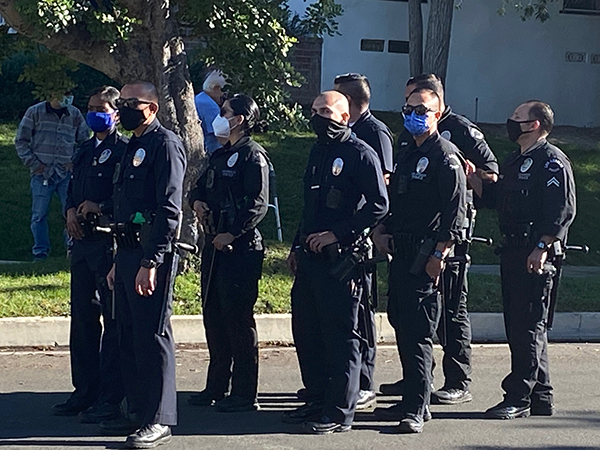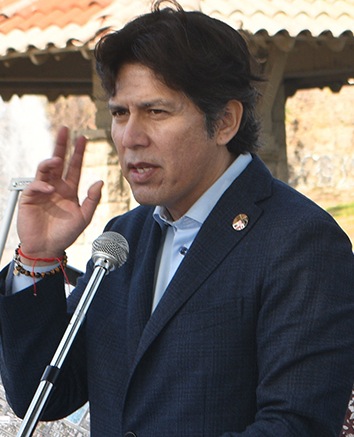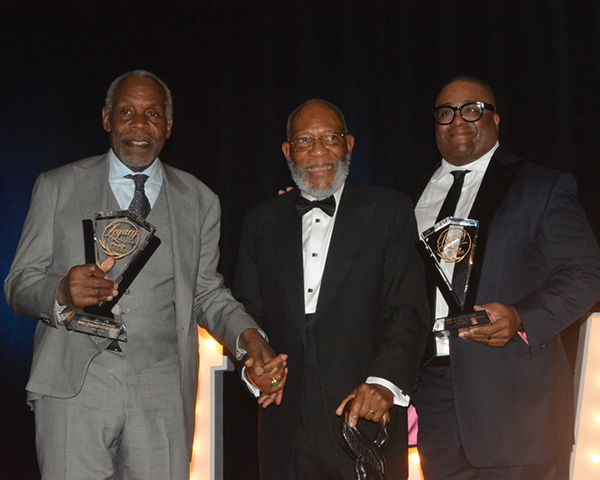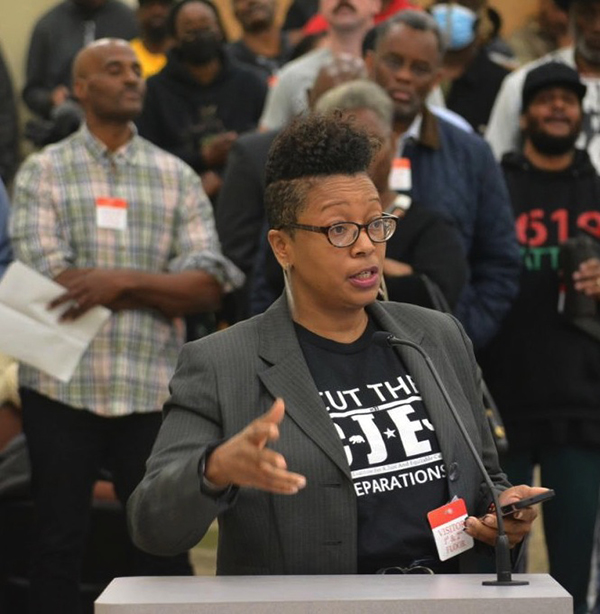By Sue Favor
Contributing Writer
SOUTH LOS ANGELES — The city of Los Angeles has its highest yearly homicide total in 11 years, and the number continues to climb.
Following a spike in violence across South Los Angeles in particular, the city reached 300 murders just before Thanksgiving. By the end of the holiday weekend the number was 309, which could make 2020 the deadliest year in almost two decades by year’s end.
Police Chief Michel Moore said both homicides and shootings were up — 25% and 30%, respectively — from 2019, after an average start to the year.
“We’re having four shootings per day, and that number was two in the early part of this year,” he said in a television interview.
Crime across the city began to spike in late spring, after state-imposed COVID-19 stay-at-home orders were eased, and the uptick continued throughout the summer and into the fall. The south portion of the city saw the brunt of the violence. Of the 300 homicides reported on Nov. 21, 132 occurred in one of the four South L.A. police precinct regions.
“We’re seeing a lot of gang involvement and street crimes, often over petty matters,” Moore said.
After hitting 647 killings in 2002, the city has generally been on a downturn, with the exception of 2009, when the total was 312. Similar increases have occurred this year in other big cities around the country, like New York, Chicago and Philadelphia.
City officials point to the pandemic as one of the root causes of increased crime this year, as many people have lost jobs, residences and hope. The city budget has also been cut, which has meant loss of services and interventions for those in need.
“The people within our poorest communities have been impacted tremendously by this pandemic,” Moore said.
Another factor in the crime spike is a $150 million police department budget cut, which has not only resulted in not only an organization overhaul, but a downsizing of about 300 officers.
“Many of the officers who work in investigating crimes are the first to go,” Moore said.
City Councilman Joe Buscaino, whose 15th District covers the eastern section of South L.A. and Watts, was one of just two on the council to vote against the budget cut last July. A former LAPD senior lead officer, Buscaino said he is not surprised to see violent crime rates up in the area.
“South L.A. is a community of hard-working families, but COVID-19 has brought a new level of stress and trauma, which has exasperated violence,” Buscaino said. “Kids are not in school, guns are on the streets, and fewer police officers are on patrol. This is a recipe for the spike in crime and homicides that we are seeing — especially in South L.A.”
A few weeks after the City Council voted to cut the police budget, Mayor Eric Garcetti announced the creation of a bureau to unite the city’s 10 Community Safety Partnership sites into one unit. Community policing has become successful in areas of South L.A., as officers are assigned to an area for a length of time to build community relationships. Buscaino sees the Community Safety Partnership as a way to combat the spike in crime.
“I firmly believe that community policing is the way forward for our city,” he said. “In Watts, [Community Safety Partnership] has been proven to dramatically reduce violent crime, while creating harmony between officers and the community.”
“I am focused on expanding community policing citywide. I pray for all of the victims and their families as they endure the hardship of stolen lives,” he said.
Sue Favor is a freelance reporter for Wave Newspapers, who covers South Los Angeles. She can be reached at newsroom@wavepublication.com.













